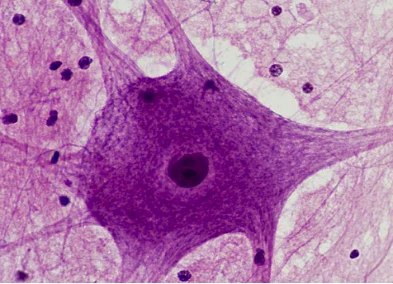Research is expected to draw a detailed map of the human brain

Research is expected to draw a detailed map of the human brain

Copyright © iCell Bioscience Inc, Shanghai 2018-2019
Recently, a research report published in the international magazine Cell, researchers from the Caroline College in Sweden have drawn a comprehensive and detailed map of the various cell types in the mouse nervous system through research, which can be Researchers provide clues to reveal the origins of neurological diseases in the body. In addition, researchers can use the same method to map detailed images of the human brain.

The brain's nervous system contains thousands of different types of neuronal cells, immune cells, supporting glial cells, and special cells that make up blood vessels and membranes. The understanding of these types of cells comes mainly from microscopy, which can provide Information on the shape of cells, and the detection of specific proteins, from an electrophysiological point of view, cells are distinguished according to their electrical properties. However, these methods are very limited, and current researchers have not mapped the various cell types that make up the mammalian nervous system.
In recent years, researchers have developed a variety of methods to systematically map multiple types of cells in the brain in a fine manner by measuring the gene activity of a single cell.
In this study, the researchers used mice as a model system to conduct the largest study of the structure and composition of the mammalian nervous system. The researchers eventually identified 265 different types of cells, and also found that nerves The diversity of meta cells is even more than 200 species. What makes the researchers incredible is that there are many different types of stellate cells in different parts of the brain, which may indicate that these stellate cells play special functions in different parts of the brain, and they play in the brain. The role is more important than the researchers understand.
Research on different types of cells in the brain can help researchers understand the origin of disease-free disease. About one-third of neurological diseases are produced during embryonic development. In the past 15 years, researchers have conducted a large number of genetic studies. Identification of specific pathogenic genes that induce a variety of diseases, such as schizophrenia, multiple sclerosis, autism, Alzheimer's disease, and Parkinson's disease, but depending on the timing and location of the relevant gene expression, these diseases Often originated from a particular type of cell, a particular area, or a specific point in time.
With the help of this new type of nervous system map, researchers can lock in disease-causing genes in specific types of cells, providing new clues to effectively elucidate the mechanism of disease development, and also helping researchers develop new therapies for treatment. Related neurological diseases. The mapping of the mouse's nervous system map is a major research advancement, and later researchers will continue to delve into the same method to map out the detailed map of the human brain.
 Loading ....
Loading ....
